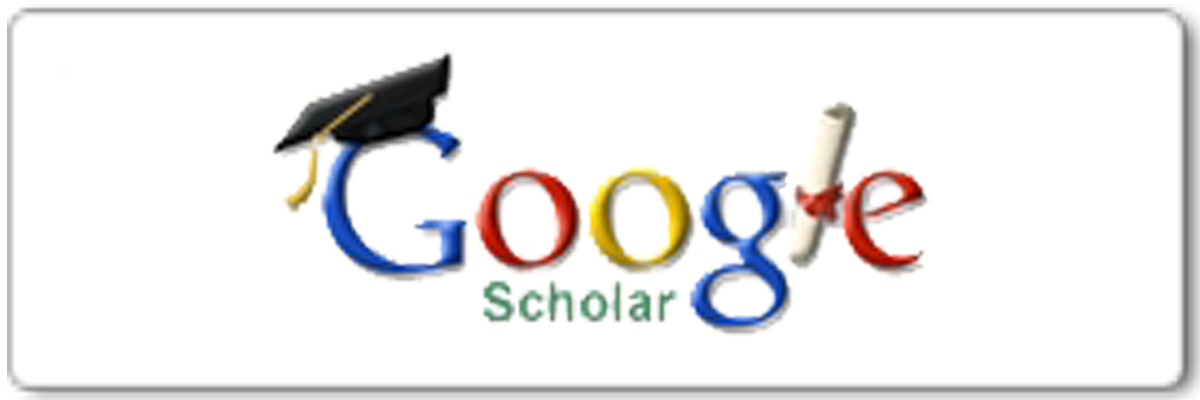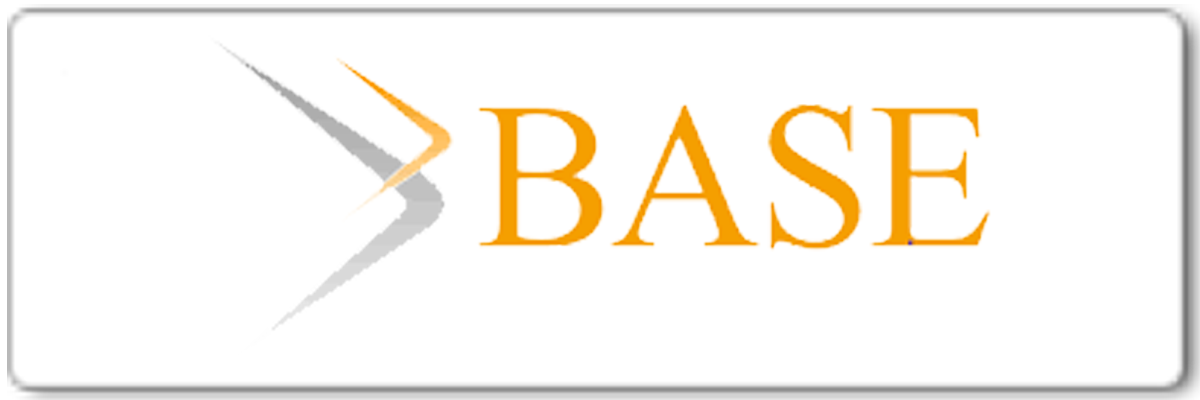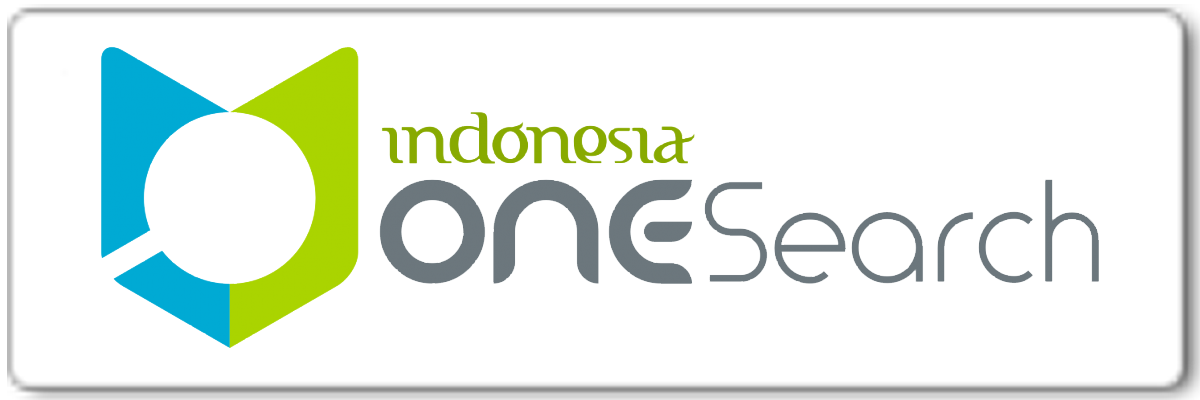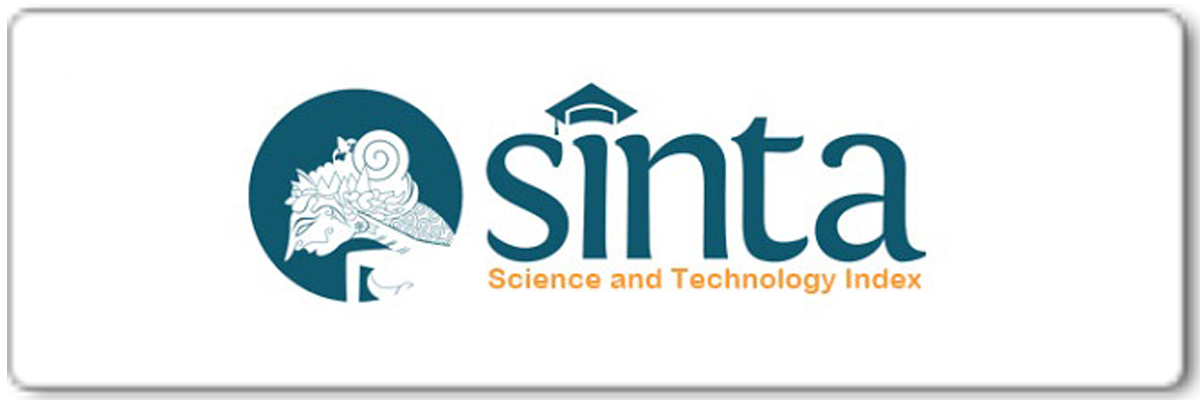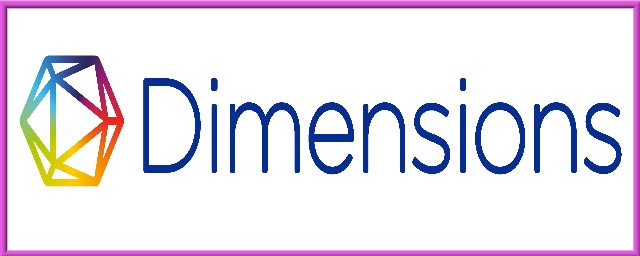Glass Ceiling Effect in What Men Want Movie (2019)
Abstract
Keywords
Full Text:
PDFReferences
Adisa, Toyin Ajibade, Fang Lee Cooke and Vanessa Iwowo. "Mind Your Attitude: The Impact of Patriarchy on Women's Workplace Behaviour." Career Development International (2019).
Anjum, Ambreen and Amina Muazzam. "The gendered nature of workplace bullying in the context of higher education." Pakistan Journal of Psychological Research (2018): 493-505.
Arat, Zehra F. Kabaskal. "Feminism, Women's Rights, and the UN: Would achieving gender equality empower women?" American Political Science Review 109.4 (2015): 674-689.
Brown, Traci. Aggresive Body Language. 18 February 2014. 25 March 2022.
Budgeon, Shelley. "The 'problem' with single women: Choice, accountability and social change." Journal of Social and Personal Relationship 33.3 (2016): 401-418.
Denzin, Norman K. and Yvonna S. Lincoln. "Introduction. The discipline and practice of qualitative research." Denzin,
Norman K. and Yvonna S. Lincoln. The Sage handbook of qualitative research. California: Thousand Oaks: SAGE Publications, 2005. 1-32.
Dundes, Lauren and Madeline Streiff. "Reel royal diversity? The glass ceiling in Disney's Mulan and Princess and the Frog." Societies 6.4 (2016): 35.
Erikson, Josefina and Cecilia Josefsson. "The legislature as a gendered workplace: Exploring members of parliament's experiences of working in the Swedish parliament." International Political Science Review 40.2 (2019): 197-214.
Espinosa, Maria Paz and Eva Ferreira. "Gender implicit bias and glass ceiling effect." Journa of Applied Economics, 25.1 (2022): 37-57.
Evers, Andrea and Monika Sieverding. "Why do highly qualified women (still) earn less? Gender differences in long-term predictors of career success." Psychology of Women Quarterly 38.1 (2014): 93-106.
Ezzedeen, Souha R. "Portrayals of career women in Hollywood films: implications for the glass ceiling's persistence." Gender in Management: An International Journal (2015): 239-264.
Ezzedeen, Souha R. "The portrayal of professional an managerial women in North American films: Good news or bad news for your executive pipeline." Organizational Dynamics 42.4 (2013): 248-256.
Hutson, Matthew. The Inherent Gender of Names. 1 July 2016. 25 March 2022.
Kothari, Chakrayanti Rajagopalachari. Research methodology: Methods and techniques. New Delhi: New Age International, 2004.
Littler, Jo. Against Meritocracy: Culture, power and myths of mobility. New York: Routledge, 2017.
Lobel, Ilan and Evan Sadler. "Preferences, Homophily, and Social Learning." Operations Research 64.3 (2016): 564-584.
Loden, Marylin. "BBC News." 13 December 2017. 100 women: "Why I invented the glass ceiling phrase". 18 February 2022.
Minor, Maria. Women In The Workplace: Why They Don't Get Recognized As Much As Men. 5 December 2020. 25 March 2022.
Murphy, Megan. "Introduction to "#MeToo Movement"." Journal of Feminist Family Therapy (2019): 63-65.
Nash, Catherine J. "Patriarchy." Kobayashi, Audrey. International Encyclopedia of Human Geography: Second Edition. Amsterdam: Elsevier, 2020. 43-47.
Purcell, David, Kelly Rhea MacArthur and Sarah Samblanet. "Gender and the Glass Ceiling at Work." Sociology Compass 4.9 (2010): 705-717.
Rief, Rachael M. and Samantha S. Clinkinbeard. "Exploring Gendered Environments in Policing: Workplace Incivilities and Fit Perceptions in Men and Women Officers." Police Quarterly 23.4 (2020): 427-450.
Science of People. What Does the Hands on Hips Pose Mean? 10 Hip Cues to Know. n.d. 25 March 2022.
Snavely, Cheyenne, et al. "The pandemic of workplace violence: The gendered experience of emergency medicine housestaff." AEM education and training 5.3 (2021): e10630.
Srivastava, Apeksha. Status of Women: From the Past into the Future. 4 November 2019. 25 February 2022.
Stainback, Kevin, Thomas N. Ratliff and Vincent J. Roscigno. "The context of workplace sex discrimination: Sex composition, workplace culture and relative power." Social Forces 89.4 (2011): 1165-1188.
U.S. Department Labor. A report on the glass ceiling initiative. Washington DC: U.S. Government Printing Office, 1991.
Weathersby, Rachelle Berlin. Recognizing and Adressing "Bro Culture" and Other Barriers to Gender Inclusion. 17 July 2019. 5 March 2022.
World Mapper. Inequalities of Gender: Education, work, and politics. 9 September 2019. 25 February 2022.
Article Metrics
Abstract has been read : 595 timesPDF file viewed/downloaded: 0 times
DOI: http://doi.org/10.25273/etj.v10i1.12388
Refbacks
- There are currently no refbacks.
Copyright (c) 2022 Dian Ari Safitri, Ririn Kurnia Trisnawati, Mia Fitria Agustina

This work is licensed under a Creative Commons Attribution-NonCommercial-ShareAlike 4.0 International License.
English Teaching Journal: A Journal of English Literature, Language and Education indexed by:
This work is licensed under a Creative Commons Attribution-NonCommercial-ShareAlike 4.0 International License.


